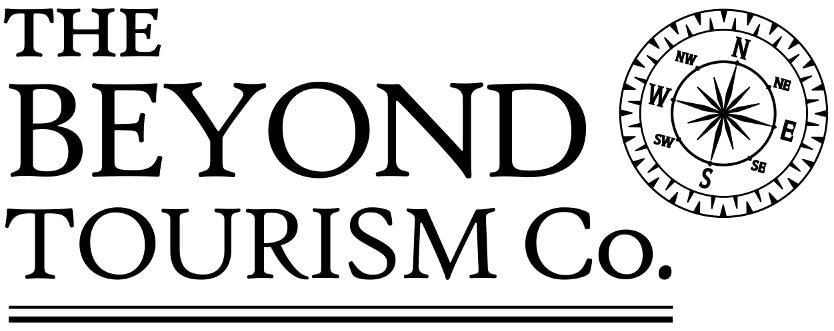Colourful colonial cities, rugged coastline and bubbling volcanoes meet in Nicaragua, a wild and lesser-explored part of Central America. We have put together all the in depth information you'll need for a memorable trip through the land of volcanoes, from visas to history and everything in between. Read our Nicaragua Travel Guide below:
Practical Information
Language: Spanish is the official language and is spoken by the vast majority of Nicaraguans. English and indigenous languages are used along the Caribbean coast and in parts of the Atlantic coastal plain. Many Nicaraguans also speak some English.
Population: Nicaragua’s population of 6.3 million is concentrated mostly in the western regions of the country. The largest ethnic population is mestizo, or mixed European and indigenous, with smaller groups of whites, blacks of Jamaican origin, and other indigenous minorities. The culture of Nicaragua reflects the mixed Ibero-European and Indian ancestry of the majority of its people.
Currency: Córdoba (C). Exchange rate: Approximately Cs 30.66 per US dollar (January 2018). Most establishments will accept payment in US dollars. Major credit cards are typically accepted in hotels, restaurants, and stores in both urban and tourist areas. Currency exchange can be transacted at most banks and hotels. The Córdoba is sometimes also referred to as the Peso.
Banks: Monday to Friday 08:30-16:30. Saturday 08:30-12:30.
Taxes: The entry tax is US $10 payable in US dollars or Córdobas. Checks and credit cards are not accepted. Sales tax: 15% on all purchases.
Climate: Tropical in the lowlands, cooler in the highlands. Temperatures vary from 81-90°F (27-32°C) during the rainy season from May to October, and from 86-95°F (30-35°C) during the dry season from November to April. The climate in the western region of the country between the lakes and the Pacific Ocean is dry and has little precipitation. The eastern part is hot, humid and rainy.
Water: Tap water in Managua is considered safe to drink. Outside of the capital, bottled water is advised.
Tipping: Airport/hotel baggage handlers: US$1 per bag is acceptable. For restaurants and other services, 10-15% of value of service is customary but not obligatory.
History
Originally inhabited by various indigenous cultures since ancient times, the region was conquered by the Spanish Empire in the 16th century. Nicaragua gained independence from Spain in 1821. The Mosquito Coast followed a different historical path, being colonized by the English in the 17th century and later coming under British rule. It became an autonomous territory of Nicaragua in 1860 and its northernmost part was transferred to Honduras in 1960. Since its independence, Nicaragua has undergone periods of political unrest, dictatorship, occupation and fiscal crisis, including the Nicaraguan Revolution of the 1960s and 1970s and the Contra War of the 1980s.
The mixture of cultural traditions has generated substantial diversity in folklore, cuisine, music, and literature, particularly the latter, given the literary contributions of Nicaraguan poets and writers such as Rubén Darío, the father of Spanish-American literary movement, Modernism. The rhythmic marimbas and folkloric dances give vibrancy to the various fiestas across the country and the beautiful work of the skilled artists spreading an understanding of the countries history and nature.
Religion
Religion plays a key role within the Nicaraguan culture. Religious authorities lend their guidance in key state developments and they often mediate between parties during political crisis. Many religious celebrations take place throughout the country and these events are often loud, joyous celebrations that attract large crowds with dance, music and traditional interpretations.
Each city and town has an official Saint, also known as the ‘Santo Patrono’, which have been designated since colonial times. As well as honouring these Saints with gifts in exchange for blessings, celebrations take place called ‘Fiestas Patronales’ that can last several days and are colourful, folkloric events. The highlight of these festivals tend to be the bands called ‘chicheros’, where trumpets, clarinets, drums and a cymbal come together come together to create an energetic melody.
